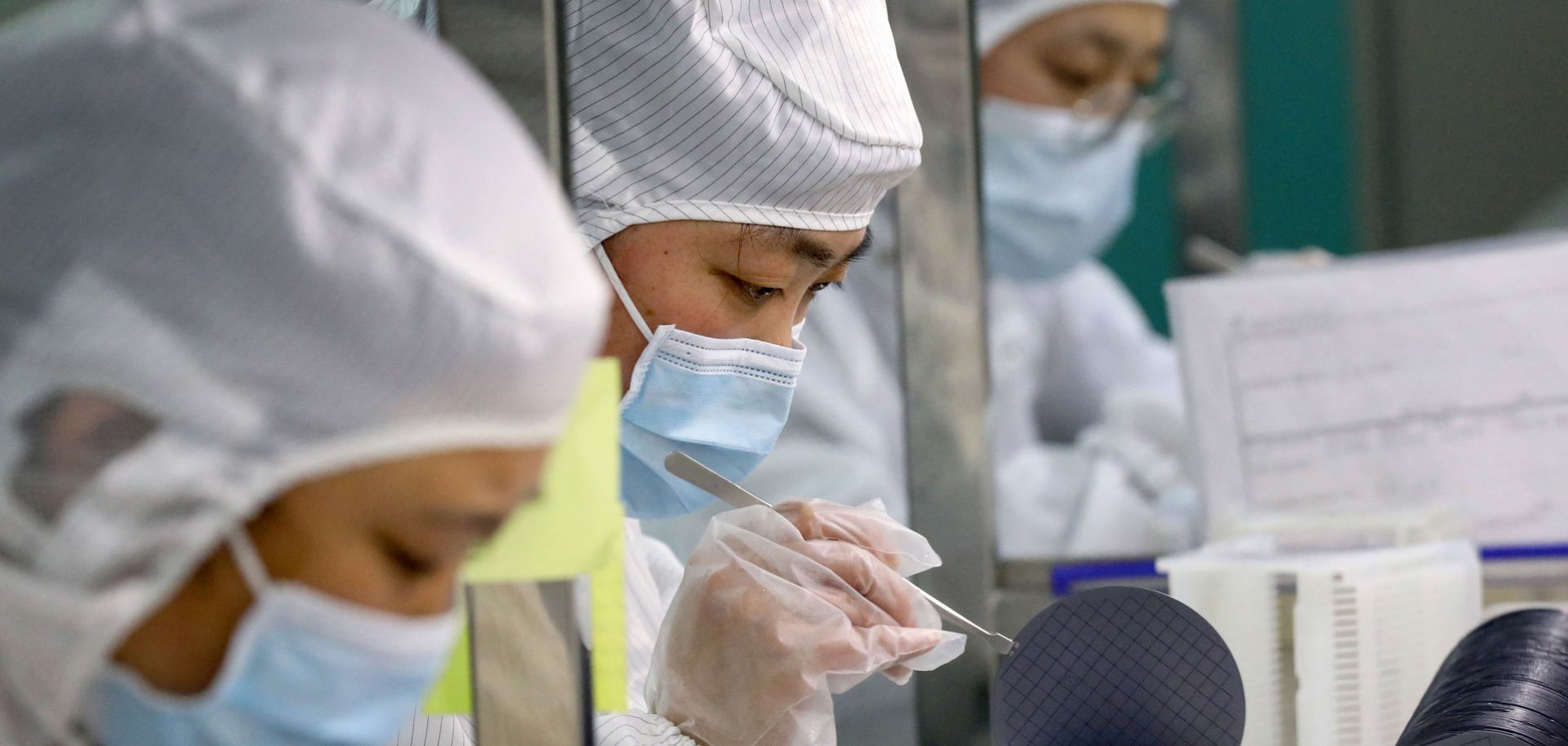Increased investments following the pandemic-induced semiconductor shortage will lead to more chip factories being built in more parts of the world. But the sector’s rigid nature and boom-and-bust cycles will still result in countries facing similar supply disruptions in the future. China, the European Union, Japan and the United States are all offering incentives to chipmakers amid the global semiconductor shortage in the hopes of insulating themselves from a repeat in the future. Governments seeking to become largely self-sufficient in the semiconductor industry will find that their investment leads to a dead end. Not all government-backed programs will succeed and some risk wasting billions of dollars of public money on projects that fail. Taiwan Semiconductor Manufacturing Company (TMSC), the global contract chipmaker heavyweight, already plans to invest $100 billion over the next three years. And South Korea, home to Samsung, is targeting $450 billion in investment into semiconductors over the...

